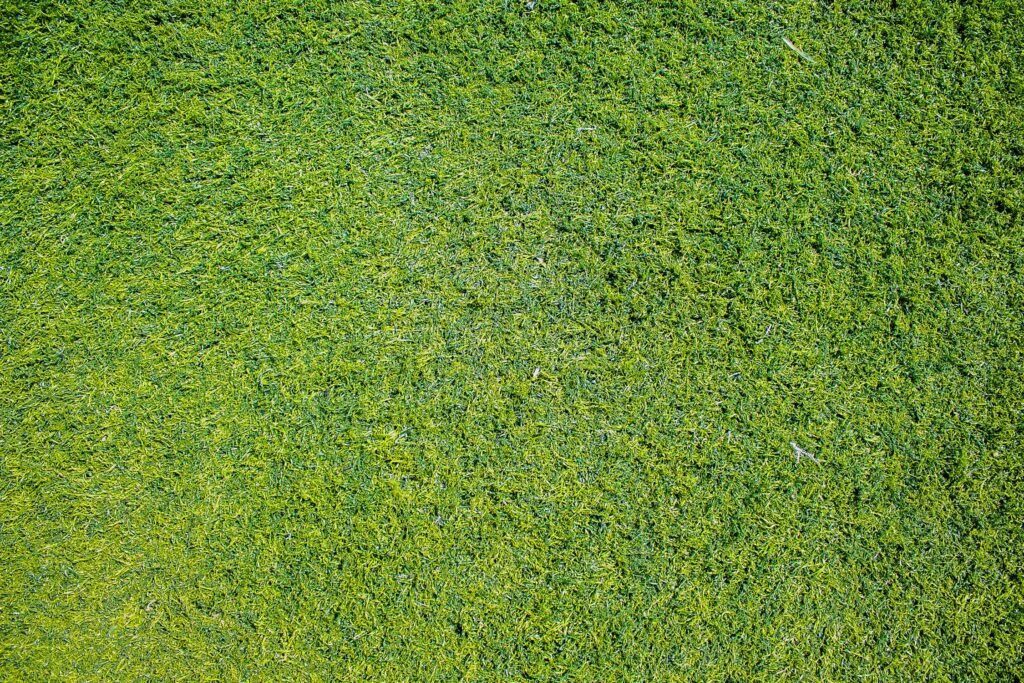Introduction
Grass is a ubiquitous part of our environment, found in lawns, parks, sports fields, and natural landscapes. It’s often taken for granted, but grass plays a crucial role in our ecosystem and has a fascinating biology.
The Botanical Basics of Grass
Grasses belong to the Poaceae family, one of the largest and most diverse plant families. They range from the tiny blades in a backyard lawn to towering bamboo species. Grass has adapted to various climates and conditions, making it one of the most resilient plant families.

Key Characteristics:
- Blades and Nodes: Grass leaves, known as blades, grow from nodes along a stem called a culm. The growth occurs from the base, allowing grass to recover quickly from grazing or mowing.
- Root Systems: Grass typically has a fibrous root system, which helps prevent soil erosion and improves soil structure.
The Ecological Role of Grass
Grasslands cover about 40% of the Earth’s land surface and provide critical habitat for a wide range of wildlife. They are also important carbon sinks, helping to mitigate climate change by absorbing CO2 from the atmosphere.

Benefits to the Environment:
- Soil Conservation: Grass roots bind the soil, reducing erosion and promoting water infiltration.
- Biodiversity: Grasslands support a diverse range of plants, insects, and animals, many of which are specialized to live in these environments.
Grass in Landscaping and Turf Management
Grass is a popular choice for lawns and recreational areas because of its aesthetic appeal and durability. Different types of grass are suited to different climates and uses, such as cool-season grasses like Kentucky bluegrass for temperate regions or warm-season grasses like Bermuda grass for hotter climates.

Tips for Maintaining a Healthy Lawn:
- Choosing the Right Grass: Select a grass type that is suited to your climate and soil conditions.
- Proper Mowing: Keep your mower blades sharp and don’t cut more than one-third of the grass height at a time.
- Watering: Water deeply but infrequently to encourage deep root growth.
- Fertilization: Use appropriate fertilizers based on soil tests to ensure your grass gets the necessary nutrients.
The Future of Grass: Sustainability and Innovation
With growing concerns about water usage and environmental sustainability, new grass varieties are being developed to be more drought-resistant and low-maintenance. Additionally, synthetic grass options are becoming popular in areas where natural grass is difficult to maintain.

Conclusion
Grass is much more than a simple ground cover; it’s an essential component of our natural world and our daily lives. Whether you’re interested in its ecological importance, its use in landscaping, or how to care for your lawn, there’s always more to learn about this versatile plant.


That’s great 😃👍